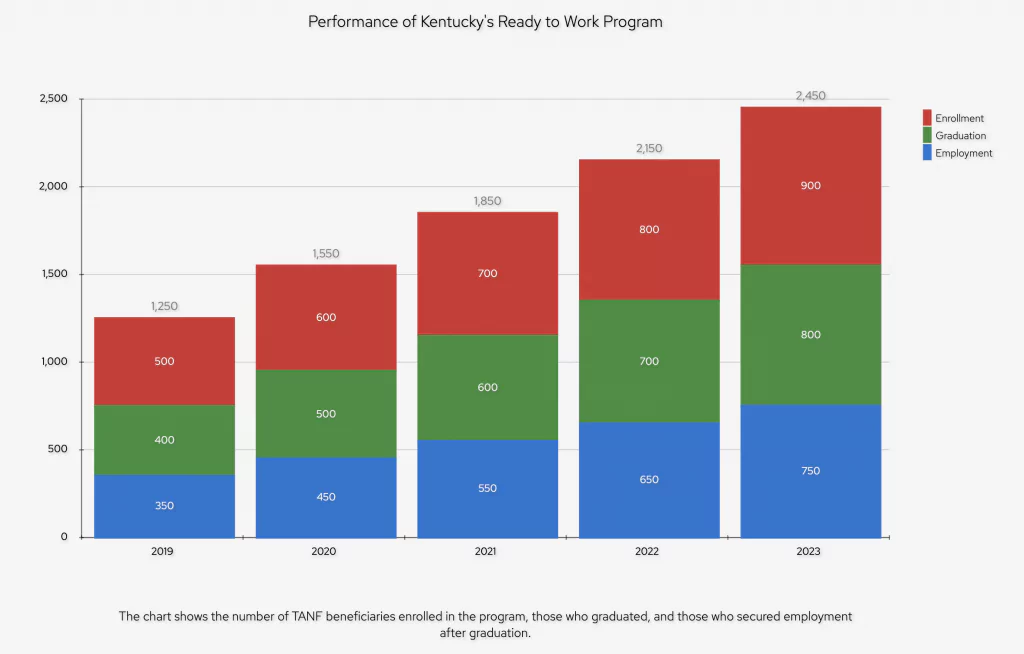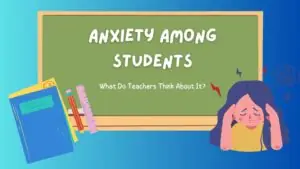
In a recent report by Lilah Burke on hechingerreport.org, it was revealed that the work rules for benefits programs in the United States, such as the Supplemental Nutrition Assistance Program (SNAP), are discouraging low-income Americans from pursuing higher education. The rules, which require beneficiaries to work a certain number of hours per week, are proving to be a significant barrier for students who are already juggling academic responsibilities and part-time jobs.

✅ AI Essay Writer ✅ AI Detector ✅ Plagchecker ✅ Paraphraser
✅ Summarizer ✅ Citation Generator
Key Takeaways
- The work rules for benefits programs, such as the Supplemental Nutrition Assistance Program (SNAP), deter low-income Americans from attending college and securing higher-wage jobs.
- Nearly a million students risk losing SNAP benefits due to the reimposition of work-hour requirements.
- The work rules are being added to SNAP and other benefits programs as part of the deal to avert a default on the national debt.
- Advocates argue that easing work requirements for programs like SNAP could put recipients on a path to prosperity and reduce their reliance on government assistance in the future.
The Impact of Work Rules on Students
Sergio Bocardo-Aguilar, a first-year student at the University of California, Davis, is one of many students who have been negatively affected by these work rules. Despite working at a fast-casual restaurant, Bocardo-Aguilar struggled to afford food and did not qualify for SNAP because he worked two fewer hours per week than the program required. This situation is not unique to Bocardo-Aguilar. Despite working part-time jobs, many students find themselves ineligible for SNAP benefits due to the stringent work-hour requirements.
The work-hour requirement, which was temporarily loosened during the peak of Covid-19, has now been reimposed, putting nearly a million students at risk of losing SNAP benefits. This has led to calls for eliminating the work-hour requirement, particularly for students who already have a full course load. The added burden of meeting these work-hour requirements can harm their academic performance and overall well-being.
The Broader Implications
According to advocates, these work rules not only leave students hungry but also discourage SNAP recipients who are not already in college from enrolling. This is concerning given that college graduates with an associate degree earn, on average, 25 percent more over their lifetimes than people with only a high school diploma, and bachelor’s degree recipients generally make 75 percent more.
The current trend of adding more work rules could be counterproductive in the long run. As David Croom, associate director for postsecondary success for parents at the Aspen Institute, points out, if individuals are able to obtain degrees and other vocational credentials, they could potentially move off public benefits and earn a family-sustaining wage. This would not only improve their personal circumstances but also contribute to the overall economy.
“If these individuals are able to get these credentials, these bachelor’s degrees and other vocational credentials, they could get off these public benefits and be able to get to a family-sustaining wage. We want to incentivize people getting high-quality credentials relatively quickly in an affordable way.”
Potential Solutions
While the work rules are a significant barrier, some policymakers and states are working on expanding eligibility and providing support. For instance, U.S. Rep. Jimmy Gomez, D-Cal., reintroduced a bill last month to remove SNAP’s work requirement for students. This bill, known as the EATS Act, faces an uphill battle in Congress but represents a significant step towards addressing the issue.
Additionally, in Kentucky, a Ready to Work program recruits TANF beneficiaries to enroll in the state’s technical and community colleges. The program supports work-study placement so recipients and the state can meet the requirements under the law. This innovative approach demonstrates how states can work within existing federal guidelines to support the educational aspirations of benefits recipients.

The Impact on Education and Employment
The focus on employing program recipients comes mainly from wanting to make them self-sufficient and no longer needing aid. But experts say that a degree or credential could help achieve that while generating other economic benefits for states. For instance, research shows that students who work while in college are 20 percent less likely to finish their degrees than classmates who don’t. This suggests that the work-hour requirements affect not only students’ ability to afford basic necessities but also their academic success and future earning potential.
The Challenge of Navigating the System
The complexity of the benefits system and the stringent requirements can also deter eligible students from applying. Government websites often paint a discouraging picture, and without help, the complexity of the requirements and the number of hoops students must jump through can become barriers to access. Outreach coordinators can play a crucial role in helping students navigate this process, but many students are still left without the support they need.
Conclusion
The work rules for benefits programs are a significant hurdle for low-income Americans seeking to improve their circumstances through higher education. While some solutions are being proposed, it remains to be seen whether these will be sufficient to address the problem. The issue calls for a comprehensive reevaluation of the work rules and a concerted effort to make benefits programs more accessible and supportive of higher education.
Related stories:
High Demand for Court Reporters Opens Well-Paid Career Opportunities Without a Degree
Master’s Degree or Job Market – A Graduate Is Weighing Up the Options?
Students Fear to Navigate the Job Market After Graduation
Follow us on Reddit for more insights and updates.





Comments (0)
Welcome to A*Help comments!
We’re all about debate and discussion at A*Help.
We value the diverse opinions of users, so you may find points of view that you don’t agree with. And that’s cool. However, there are certain things we’re not OK with: attempts to manipulate our data in any way, for example, or the posting of discriminative, offensive, hateful, or disparaging material.